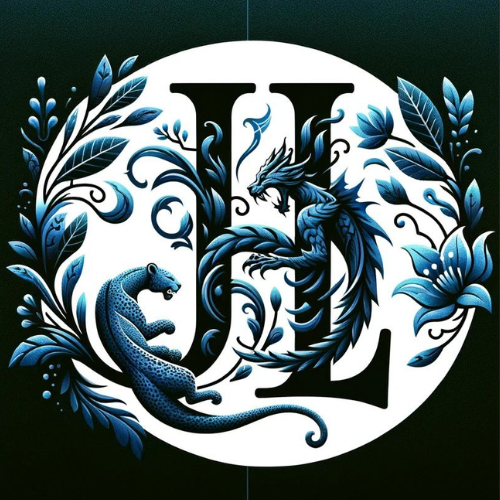Wildlife Research Volunteer Project: Macaws in Peruvian Amazon
Macaw Project: Peru
What it was like: Wildlife Research Volunteer Project
Hi there! This article is intended to teach those interested in or considering wildlife volunteering. This is just the experience of one person, one time, but hopefully can provide some insight into what it’s like. For more info, and broader perspective, check out my other posts on wildlife research volunteering.
I found out about this project through www.conbio.org job boards, a great resource for a wide range of wildlife conservation jobs and volunteering opportunities. (Note: before applying, always do your homework, read the fine print, and know as much as you can before you go).
Note: this was the only volunteer project I did with an organized, established group. Unlike other research, private and with grad students, the Tambopata Research Center is pretty known, and can be found on social media. I worked on a long-term research project going on for 30+ years, as well as small grad student work going on at that time through Texas A&M.
I hope you find it insightful!
On to… The Amazon Rainforest!
Science project: Tambopata Macaw Life-Cycle and Behavior Study
Location: Amazon Basin, Peru
Animal: Macaws (aka large parrots), specifically Scarlet Macaws, Blue and Gold, and Green.
Date Study Occurred: Winter 2013/14
What Project was about (context):
I came to study the life-cycle, many sub-studies, of wild parrots and macaws, three main species: scarlet, blue and gold, red and green. In-depth nest analysis for nest chicks (specific to December). Clay lick behavior, an important part of the parrot and macaw daily ritual, which involved hundreds of parrots on a wall licking clay for the essential, nutrient, salt.
What is was like working on it:
This project was a lot of work! The day was mainly divided into three ‘short’ missions, ‘early morning’ which is pre-breakfast, about 5-8am, , ‘morning’ which means post-breakfast around 9am-noon. That gives just an hour to change and eat breakfast, its a stressful gap. Then return for lunch and shower, before the ‘afternoon’ mission, about 2-5pm. They take between 2-3 hours to complete. It was really difficult: the project was physically demanding. not much time to recover.. Lots of carrying ropes around, lot of hours-long hikes through uneven, root-covered mud rainforest paths. We were encouraged to go fast, running between nest checks. Constantly exhausted. Being always hot and muggy.
There were several unique assignments, which was hard to learn but enjoyable for an overall look at the lives of the macaws. You really get a sense of their day. We took notes on the macaw behavior, sometimes sitting for 6 hours, sometimes rushing around the jungle. Not much time during assignments to enjoy the jungle, with social pressure to look sharp, be efficient so they can return to lodge asap. Basically, rushing and always moving.
That said, my favorite assignments were the one solo-data, where I could spend 6 hours alone in nature, recording data, not bothering to deal with others. The only alone time you get, as the lodge is so busy.
After hours, on location:
The lodge where we lived and worked was 6 hours by boat up the river from civilization of any kind. There was no doctor, only first aid kits, for when something went wrong. If this sounds scary, then don’t do it! Internet was also very sparse, only connecting once to send or get an email once every few days.
Other things about living in the jungle: Close quarters, contained. Hard for an introvert / alone time: The only place to be alone was in your bed, and you obviously can’t get into bed without a shower after the jungle. So that meant many short, cold showers per day, and never enough clean clothes. Rugged living in close quarters with a lot of strangers you may or may not like. When you hand-wash your clothes and string them up to dry, it will be days before they dry.
A note on language: although this was in Peru, all assignments were in English. Spanish was non-mandatory for the research— however it was important, I found, for social bonding. While a lot of socializing was in English, it helped to be fluent in Spanish for the sake of bonding and befriending others. My Spanish skills were lacking, and I found that quite embarrassing, especially because other non-Spanish native volunteers were all practicing their fluency way ahead of me.
Overall Rating / Lessons learned:
I would hesitate to recommend it to others. Only the strong of mind, heart, and muscle, can do this more than a couple weeks. At some point before halfway through, I counted down the days. The Amazon is a harsh climate, and the schedule was intense, and the people not particularly friendly. Very isolated, almost no internet.
Note: There was so much more going on here, this is just a brief overview of this trip. For more in depth look at what it was like on this Peru project, I have literally filled a book with the wild adventures of the Peru Amazon research. —In the following weeks, I will be posting more articles detailing stuff from this trip. Oh, and do email me for more info, any questions / info you would like to know mroe about in particular, etc. :)
Images below: Wild Macaw landing at the lodge. Nest box. Lodge pictures. Clay lick tree, and macaws on the clay lick through the spotter scope. And a wild capybara sighting!











